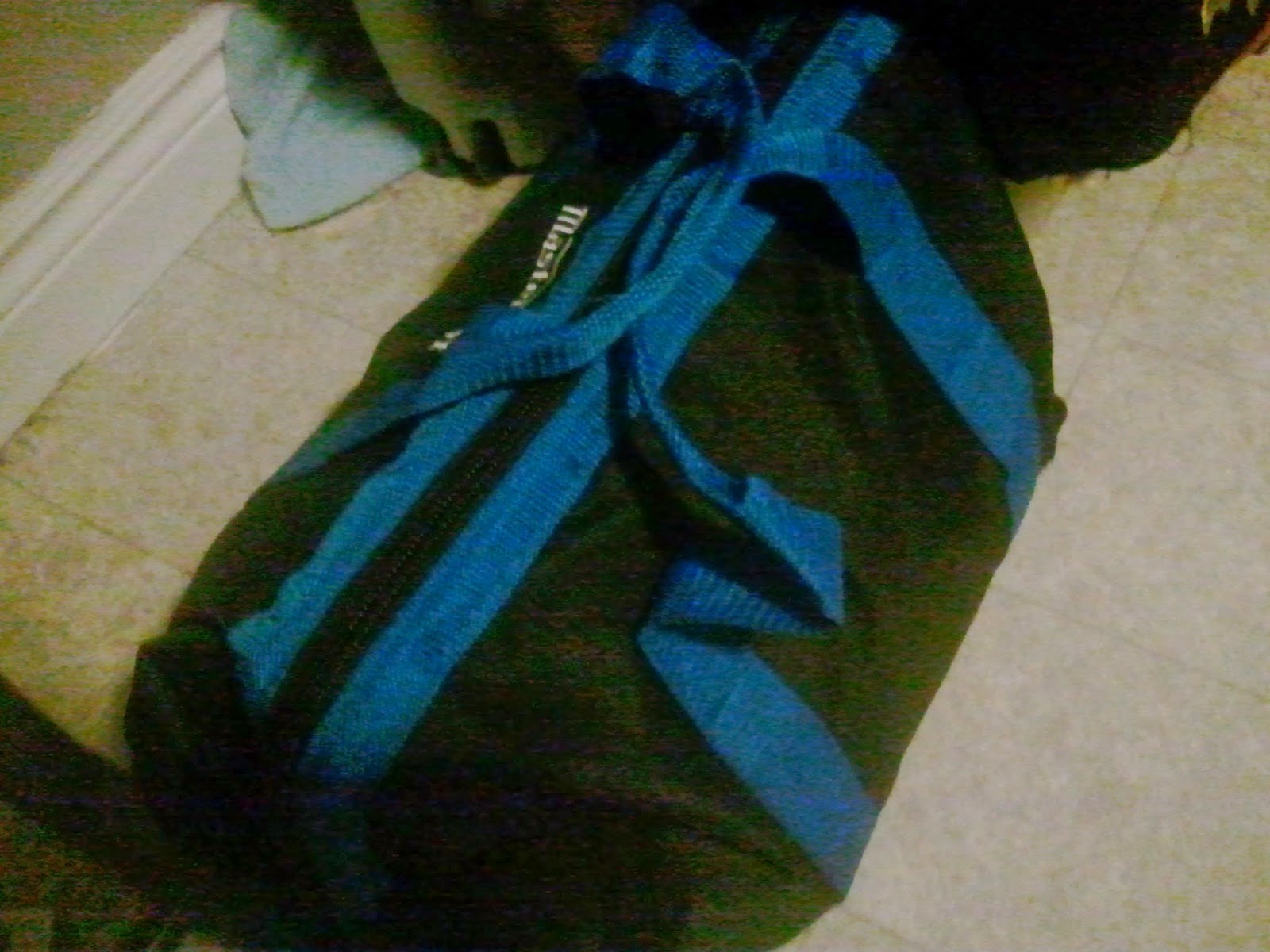Wooden Toy Sword I Made For My Son
Painted with an Acadian flag for the heck of it :P
Anyone can make this as long as you have the tools around. Surprisingly simple but looks cool! This one is small (for my son) it's only about 15". But I've made others with the same method with up to 28" in length! So here we go.
What You'll Need:
-SafetyGlasses
-Work Gloves
-Face Mask (for sawdust...there will be plenty)
-Pine Board
-Jigsaw (or coping saw or band saw)
-Belt Sander (w.40grit, 80grit, 120grit & 220grit)
-Pencil
-Ruler
-Paint (optional)
-Shellac (recommended)
Step 1: Draw out your piece
I don't have a picture because I sortof jumped the gun on this one but basically just draw out whatever shape you want your sword/dagger to be.
Step 2: Cut it out
Here you can still see the lines I had made to keep everything symmetrical. Most errors after cutting can still be fixed by sanding so don't worry too much about it if your cuts are a bit rough or a little wavy.
Step 3: Sanding it to your liking!
https://www.youtube.com/watch?v=668kBrSKj3c Is a great tutorial on how to sand this down.
Basically, all I did was turn my belt sander upside-down with 40grit and used it like a bench grinder. Take your time and go with the grain. Make sure to use safety equipement here. Lots of debris!
Step 4: Painting!

I used painters tape to make sure everything was straight and looked nice. Wasn't 100% but turned out ok. I chose to put the Acadian flag on it cuz we're Acadian and just felt fitting :P
Step 5: Shellac

Applied basic clear shellac (3 coats) so seal everything up and avoid splinters, etc. Looks great, feels great and my Son has lots of fun with it =)








































